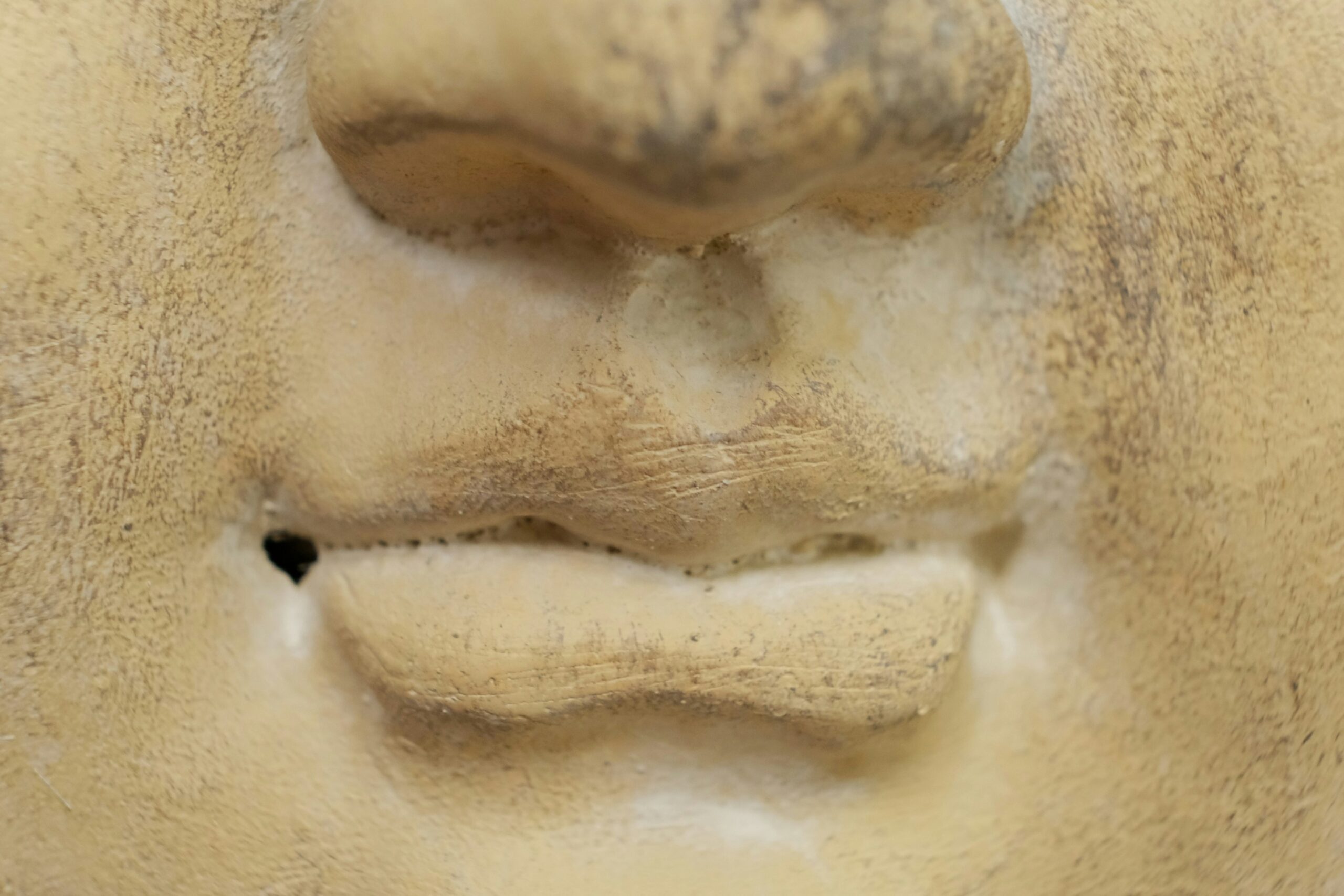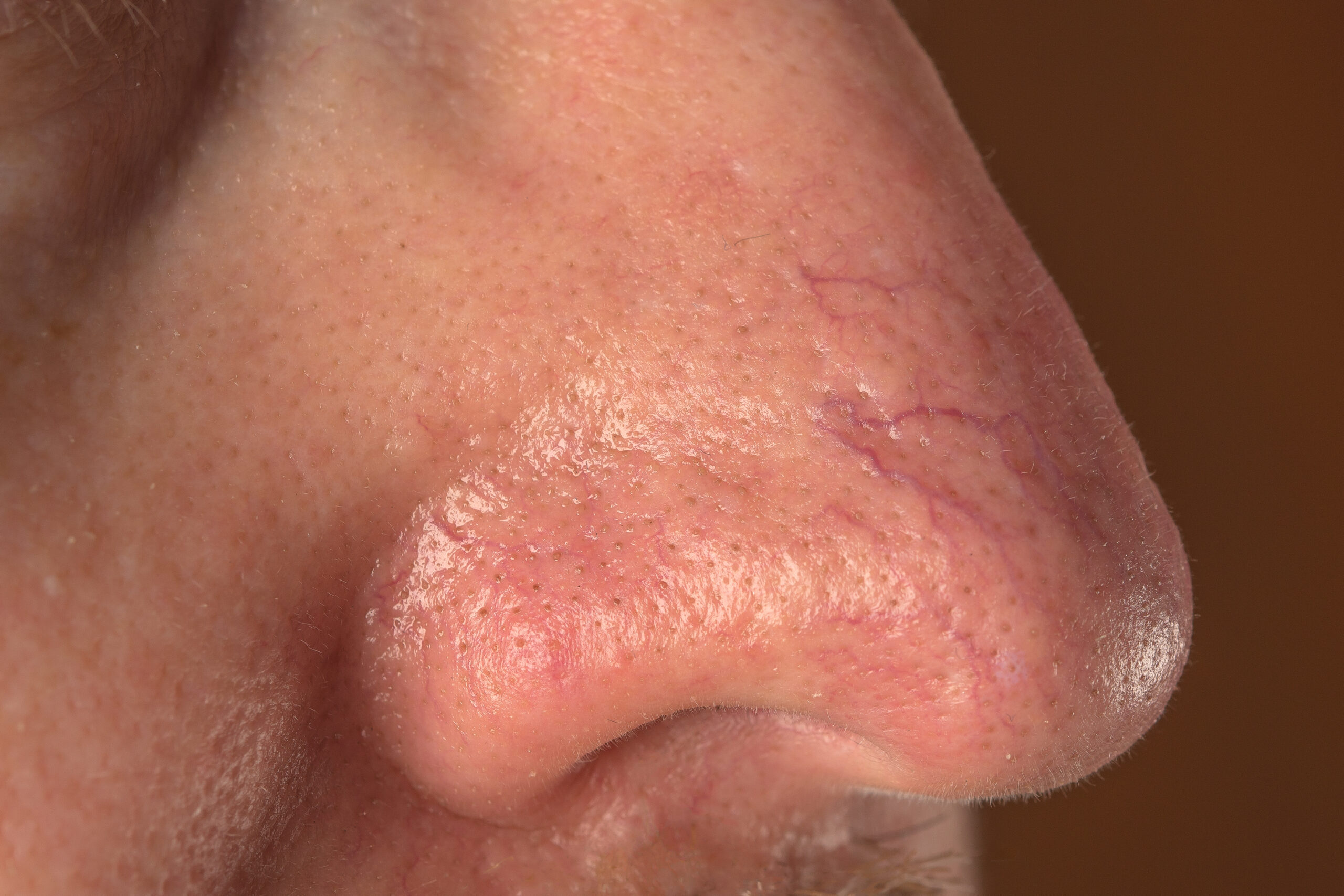Topical corticosteroid withdrawal is an uncommon but increasingly recognised rebound reaction that occurs after the discontinuation of moderate to high potency topical steroids, particularly following prolonged use. While these medications are widely prescribed for managing inflammatory skin conditions, their overuse or inappropriate application can lead to dependency, resulting in a severe flare of symptoms once treatment stops. This phenomenon is distinct from a natural flare of the underlying skin disease and can be difficult to differentiate in clinical practice.
The individuals most susceptible to topical corticosteroid withdrawal are typically adults over the age of 18 who have used topical steroids on sensitive areas such as the face. A history of atopic conditions, such as eczema, significantly increases the risk, and women appear to be affected more frequently than men. The condition is also more common in those who have used these medications continuously for six months or longer, especially at medium or high potencies. Despite its rarity, the full extent of its prevalence remains unknown, possibly due to underreporting or misdiagnosis.
Several mechanisms may explain the development of this withdrawal reaction. Continuous steroid application can lead to tachyphylaxis, where the skin becomes less responsive, prompting users to apply higher doses. Topical corticosteroids also suppress natural cortisol production and induce vasoconstriction; once withdrawn, rebound vasodilation and inflammation can occur. Disruption of the skin barrier and dysregulation of immune and mitochondrial pathways further contribute to the reaction.
Clinically, topical corticosteroid withdrawal typically progresses through four stages. Initially, patients experience a sudden eruption of burning, red, and exudative skin, which can extend beyond previously treated areas. This is followed by dry, itchy, peeling skin, and later, gradual recovery with periods of intermittent flaring. Complete resolution can take anywhere from weeks to several years, depending on the individual.
Symptoms are often severe and debilitating. Patients may report intense burning, extreme itch, skin hypersensitivity, and emotional distress. Redness, swelling, desquamation, and even pustules or papules may be present. Classic signs include the “red sleeve sign,” where erythema spares the palms and soles, and “elephant wrinkles,” which are thickened skin folds typically seen on the elbows and knees. In more pigmented skin types, redness may be replaced by darker or greyish discoloration.
Topical corticosteroid withdrawal is classified into two main subtypes. The erythematoedematous form, more common in patients with chronic atopic dermatitis, presents with burning, redness, and swelling. The papulopustular variant, often observed in those using steroids for cosmetic skin issues, features pustules and papules with less prominent burning or stinging.
The condition can result in significant complications. These include sleep disturbances, secondary infections, worsening of pre-existing skin disorders, and severe psychological distress. In some cases, patients experience anxiety, depression, or even suicidal thoughts, further emphasizing the need for timely recognition and support.
Diagnosis relies heavily on clinical history, particularly in individuals who have used topical steroids extensively, especially on the face or genital area. Typical features include burning and redness shortly after steroid cessation, and associated signs like oozing, swelling, and exfoliation. Patch testing may be useful to rule out contact allergy, though histological analysis offers limited diagnostic value.
Differentiating topical corticosteroid withdrawal from conditions such as contact dermatitis, rosacea, psoriasis, and cutaneous T-cell lymphoma is essential, as management strategies vary. Treatment begins with discontinuation of the offending topical steroid, though debate exists between abrupt withdrawal versus a gradual taper. Adjunct therapies include emollients, antihistamines, and cold compresses to alleviate symptoms. For more severe cases, options such as calcineurin inhibitors, tetracyclines, dupilumab, and phototherapy may be considered. Psychological support is also crucial due to the emotional burden the condition imposes.
Prevention is key and involves cautious and limited use of topical corticosteroids. Once inflammation is under control, frequency and potency should be reduced, particularly when applied to the face. Avoiding prolonged daily use beyond two weeks is recommended unless absolutely necessary. Despite the risks, fear of withdrawal should not deter clinicians from prescribing topical corticosteroids appropriately, as they remain effective for most patients when used correctly.
The prognosis for topical corticosteroid withdrawal varies. While many individuals recover within three months, a minority may endure symptoms for several years. As awareness grows, continued research and clinical vigilance are essential for improving outcomes and supporting patients through what can be a physically and emotionally taxing experience.



